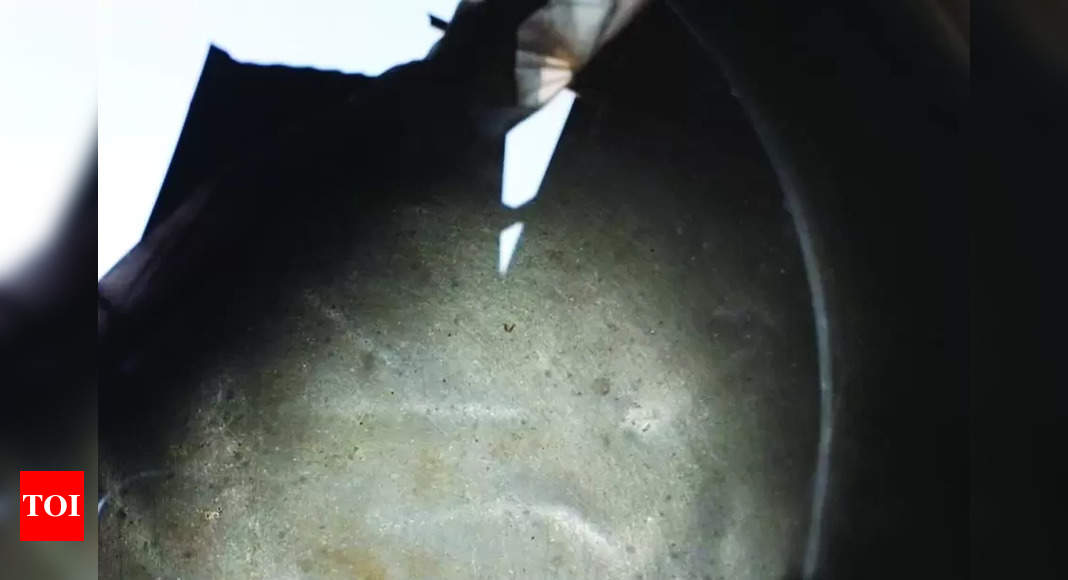The replacement of the old pipeline, measures to clean drains, and the proper release of wastewater were discussed at a meeting to tackle the contamination of the tap water supply in Dongorim, on Tuesday.
The island village of Dongorim in the Azossim-Mandur panchayat has been in a tizzy since worms were found in tap water on May 5 and a few residents suffered dizziness and vomiting.
This was due to the influx of dirty drain water through a broken part of the pipeline at Dhaktembhat, Dongorim.
Though the PWD promptly repaired the broken pipeline, a Gaude family complained of receiving worm-infested water again a few days later.
At the meeting to discuss the problem, Dr Kedar Raikar, the medical officer in charge of the Corlim primary health centre, said that some residents who were releasing wastewater into drains will be served notices.
On Monday, a team of the PWD had opened some drains and found that a few households were releasing wastewater into the drains, due to which the tap water had become contaminated.
“There is a need to maintain hygiene to also prevent the outbreak of dengue and malaria,” Dr Raikar said.
Some residents conceded that they were compelled to release the wastewater into drains, as the houses around the hill were congested and there was no space for soak pits.
St Andre MLA Viresh Borkar said that a solution would have to be found to ensure hygiene. “The pipeline is 40 years old and has to be replaced,” he said.
A local politician, Ramrao Wagh, said that the maintenance of overall hygiene was key to health and people would have to make sacrifices in their own interest.
The meeting discussed ways to clean the drains and also take care of domestic effluents alternatively.
On May 10, most of the residents of the area shut off their taps.
One of the reports on the samples drawn from the area by the authorities has revealed the presence of E. coli in the water.











